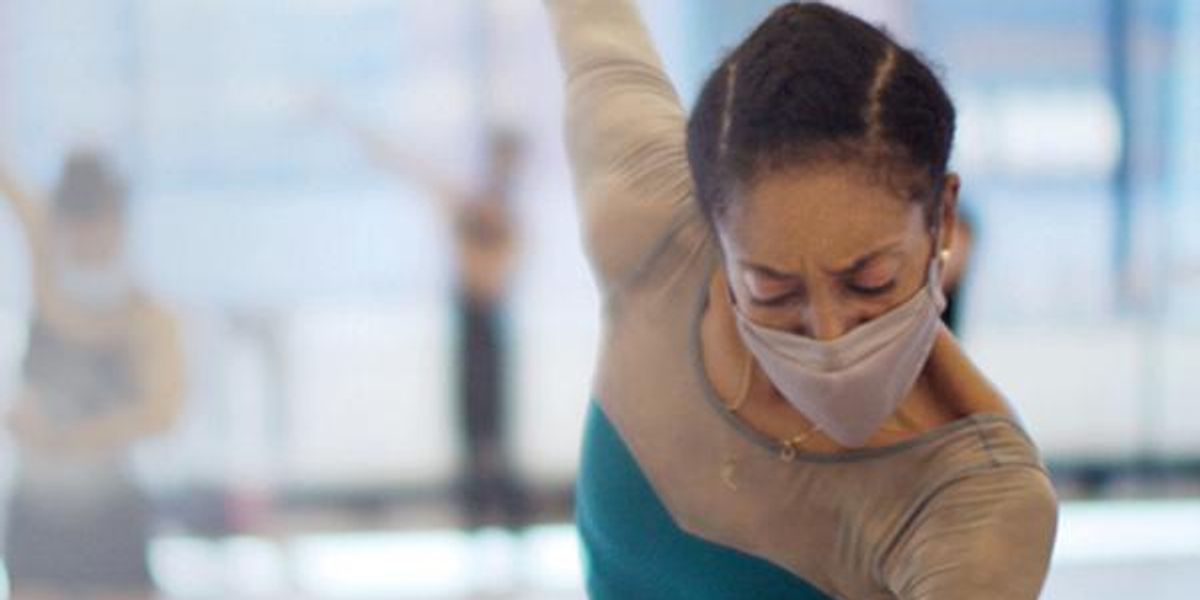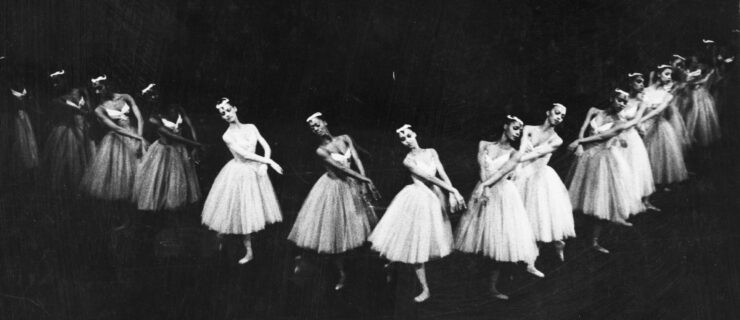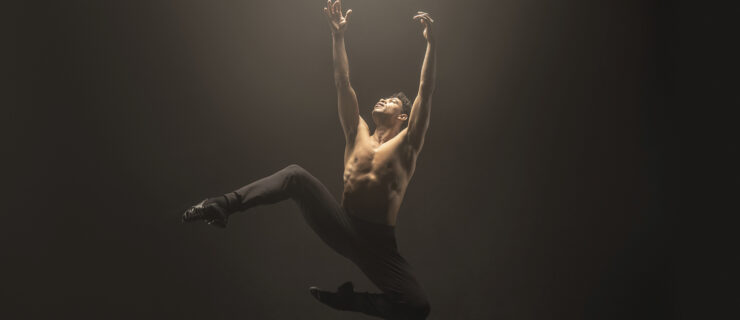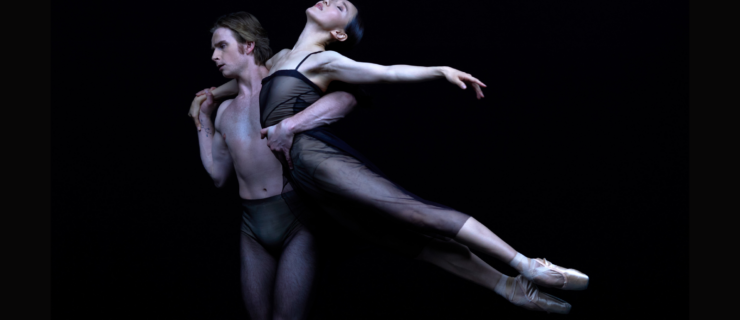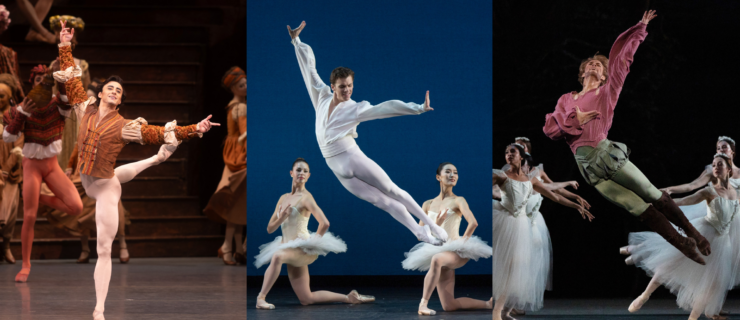Ballet West’s New Web Series Documents an Uncertain November
If the story of a ballet company presenting performances amidst a global pandemic, a divisive presidential election, and uprisings for justice sounds like it was made for TV, Ballet West has a series for you. In The Balance: Ballet for a Lost Year is a nine-episode documentary about BW’s November 2020 performances, which took place at Salt Lake City’s Capitol Theatre. The series premieres Friday, May 7, on Ballet West’s social media channels, with a new episode released every Friday. (Viewers can also unlock all nine episodes on Ballet West’s website starting May 7.)
For a month filmmakers Diana Whitten and Tyler Measom of Skyscape Studios had unlimited access to company class (divided into pods to abide by COVID-19 restrictions), rehearsals for new ballets by Jennifer Archibald and Nicolo Fonte, and interviews with artists and administrators. Some of the series’ most fascinating insights come from people’s different ways of navigating uncertainty, and how this connects to the arts.
In the trailer, BW’s artistic director Adam Sklute talks about ballet as something to “take people away from COVID-19,” while Archibald speaks of the arts as a path through hardship.
“The series reveals the vulnerability, the passion, the pressure. What was happening in the world politically weighed on us,” said Archibald in an interview last month. “You don’t always get a chance to see what choreographers are going through before they walk into a studio. Creating movement is such an honest, revealing, and truthful process. It’s not my vibe to let people see that.”
Whitten and Measom are known for gripping documentaries for mainstream audiences (Measom recently co-directed Netflix’s Murder Among the Mormons). To tell the story of BW’s season, they focus on four dancers: principals Katlyn Addison, Beckanne Sisk and Chase O’Connell, and corps dancer Vinicius Lima.
Intimate views of the featured dancers’ homes and relationships enrich the series, debunking stereotypes of ballet dancers as unthinking, apolitical or uncritical. These four also represent different backgrounds, ages and identities, giving audiences a glimpse of BW’s diversity and the obstacles these dancers have overcome.
While most television shows and movies about ballet skew towards scandalous or sensational extremes, In The Balance does not need to manufacture suspense. The decision to move forward with an in-person season presented potentially fatal outcomes. It’s a testament to the company’s precautions and planning that there were no COVID-19 cases among artists, staff and crew during the fall season. BW worked extensively with county and state health officials and abided by union health regulations to provide a safe experience. Also, Utah had less stringent COVID-19 restrictions than in other places, which allowed the company to host in-person performances.
Utah’s political realities make BW an anomaly: 20 percent of BW dancers are BIPOC while Utah is 90 percent white, and Salt Lake City is considered LGBTQ-friendly in an otherwise religiously conservative state. The docuseries includes poignant moments when Lima reflects on his sexuality, and the barriers he’s faced. In Archibald’s ballet Tides we see Lima and his partner, Dominic Ballard, partnering one another in a gorgeous duet. These moments amplify ballet as a path to social change, illuminating ways of being together that dominant cultures may not yet accept or approve of.
Because of pandemic restrictions, “Only dancers living together could partner,” says Archibald. “Dancers had to enter stage left and exit stage right. Distance had to be maintained between dancers onstage. It was challenging. And added to this, the altitude and aridity of Salt Lake City made it difficult to breathe even without a mask. So, seeing where my choreography for Tides comes from, and the emotional impact of this time, is really valuable.”
While the artists’ perseverance, resilience and tenacity are exceptional, there are awkward moments. Fonte’s outburst about lighting design is one example, and important to the series. The pandemic stretched everyone’s capacity for calm responses, and In The Balance does not shy away from tense exchanges.
Such moments are balanced with levity. For Halloween, Lima and Ballard dress up as the couple in George Balanchine’s Tarantella for company class. “I’m obsessed with Patricia McBride and Edward Villella,” says Lima. “My boyfriend made our costumes and we had so much fun. We all need to keep seeking joy.”
The series cost approximately $250,000, with primary funding coming from the Utah Office of Tourism and Create in Utah. According to BW communications director Joshua Jones, Whitten and Measom heavily discounted their normal rate “because of their passion for ballet and the arts.”
The docuseries reveals the investment, struggles and commitment of ballet dancers and choreographers. “It’s important for audiences to not always see the polished, perfect performances,” says Archibald. “To appreciate this beauty, it’s important to see the creative process, the laying of bricks, so to speak.”
